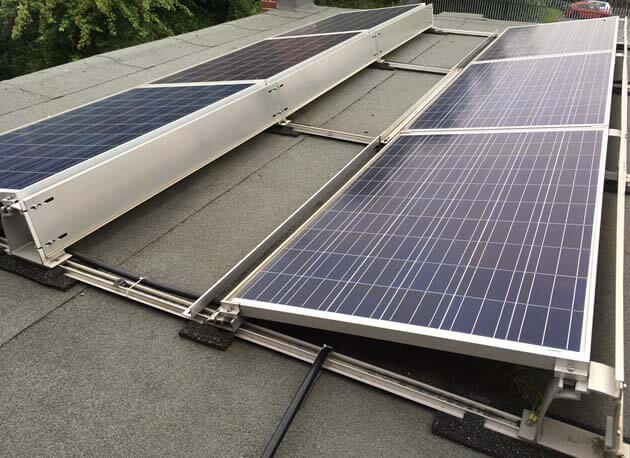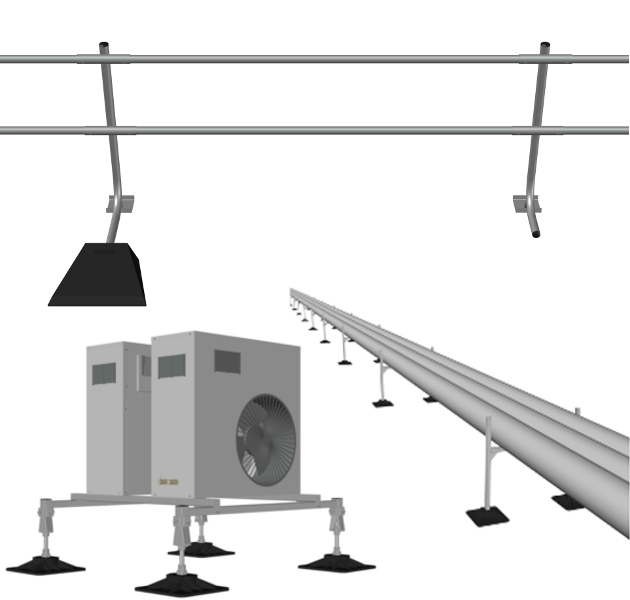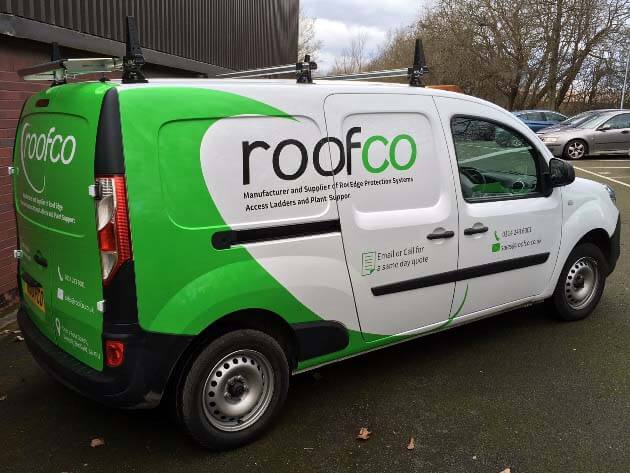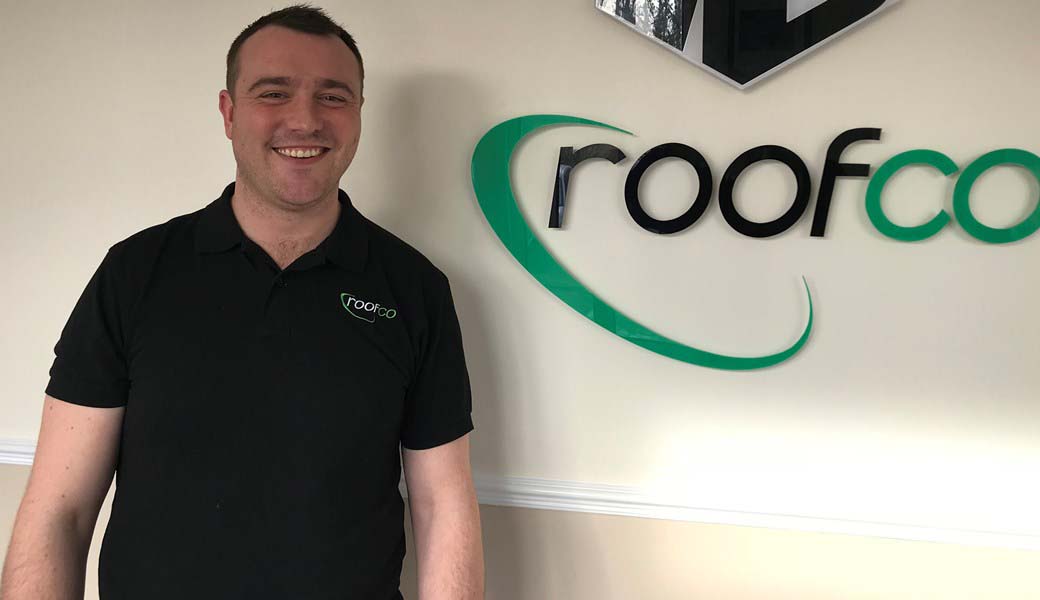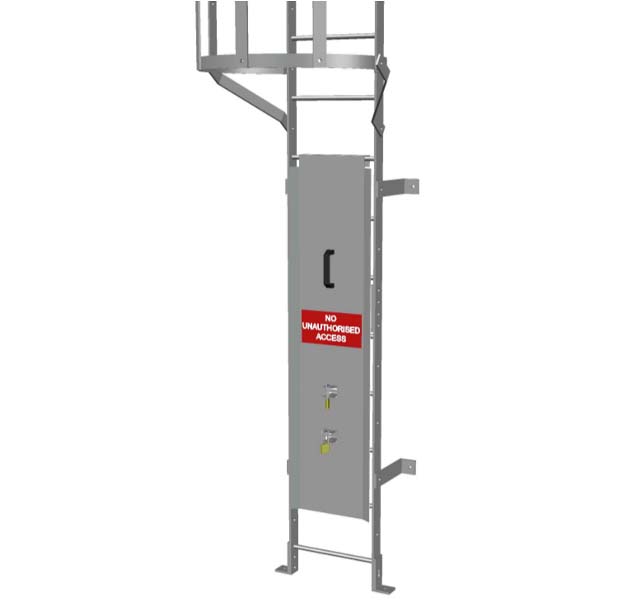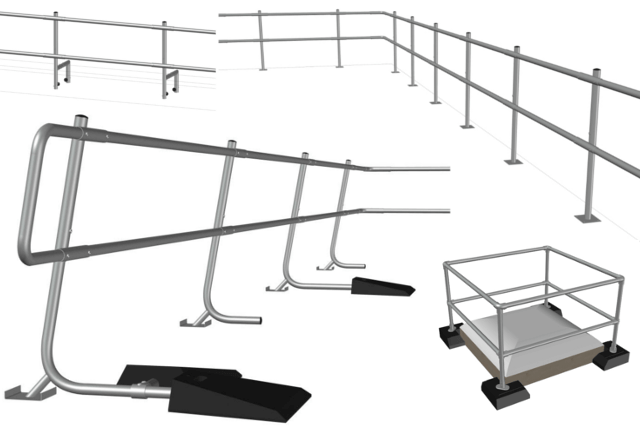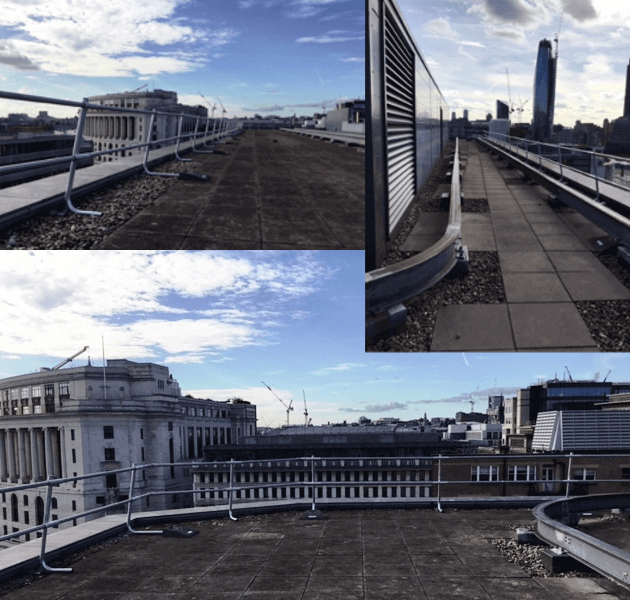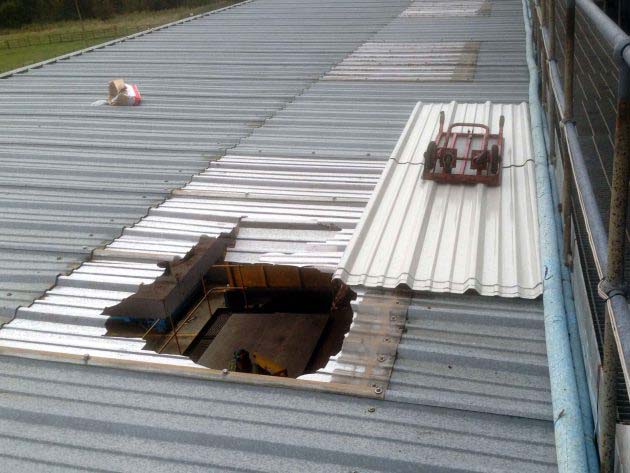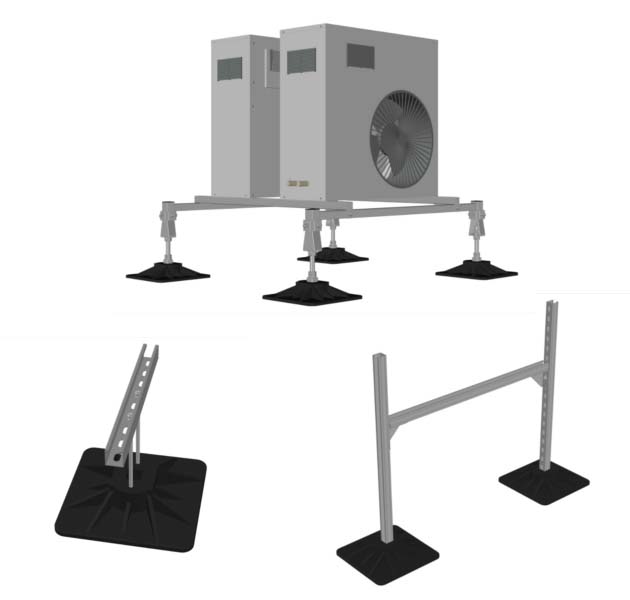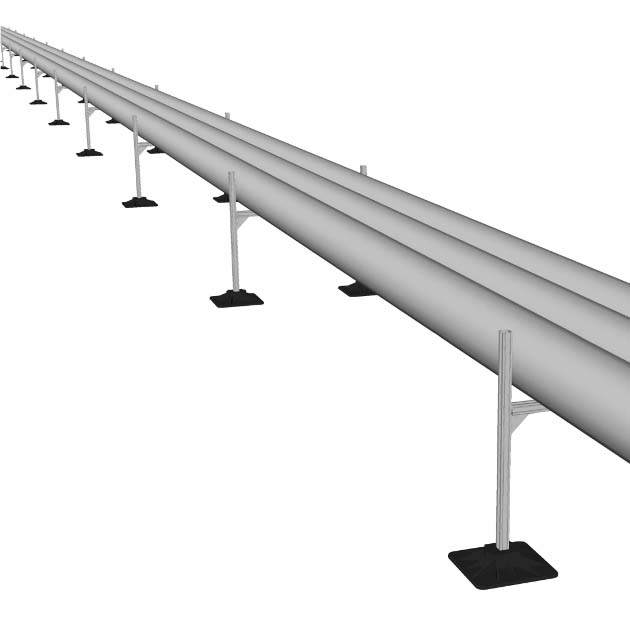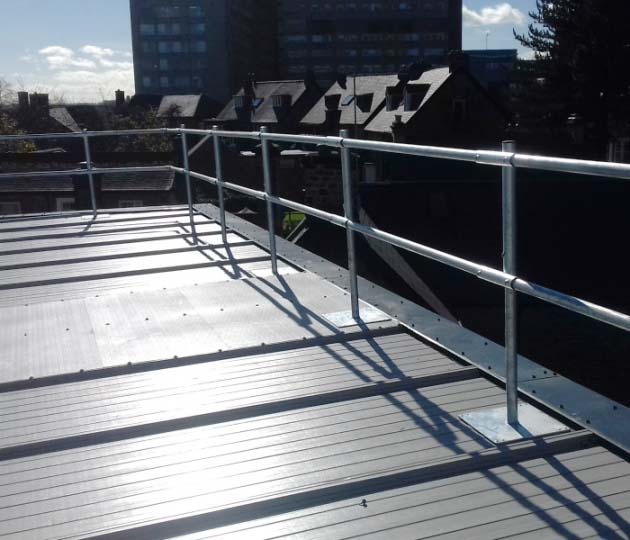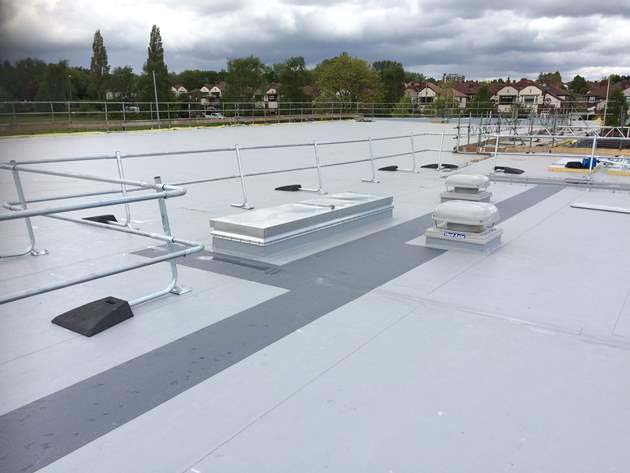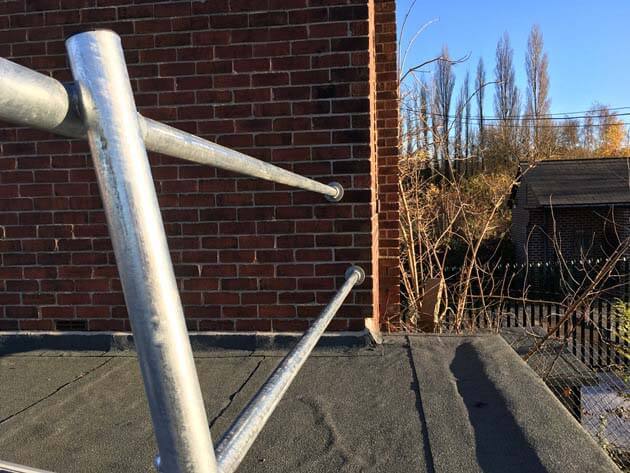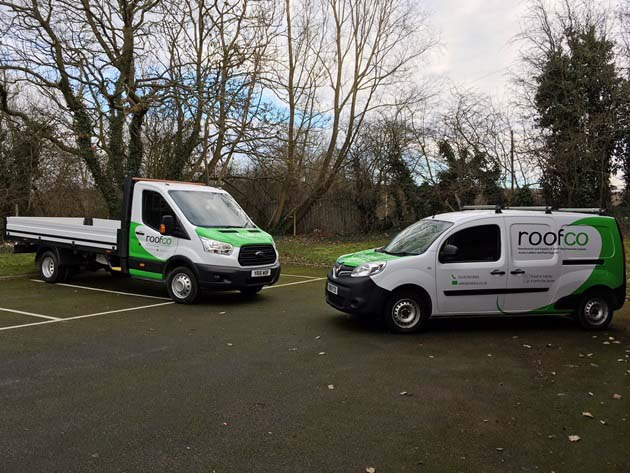When hiring contractors for your business, there are some important things to remember. Here, we check off some top tips to make sure you’re hiring the best roofing contractors in your area.
A good contractor will reflect well on your roof maintenance business. Their work will be high-quality, their attitude to safety will be top-notch, and your reputation for fast, good value work will rocket.
Here are some top tips for hiring contractors for your roof maintenance business:
The National Federation of Roofing Contractors will show if your potential contractor is a registered member. Their membership is a good reflection of an attitude to high standards, commitment to industry expectations, and that they take their work seriously with a professional approach.
- Tips For Posting On Job Boards
You want to know that your roofing contractor is able to pay attention to detail, right? A great tip when posting your vacancy on job boards is to include, lower down in the job description, a request for something that must be included in the application.
This isn’t a standard request for a CV though: request something like “in your application, please make sure to answer the question: ‘In what year was this company established?’”. Of course, you’ll need to include this information in the vacancy post, too!
This will let you know who has read the job description accurately before clicking to apply. It shows the applicant has paid attention to detail and is able to follow instructions.
Another tip when posting on online job boards is to be open about the pay: any vacancies that have “£TBC” instead of a set rate will put people off from applying. A clear rate shows that you’re an open and honest company to work for, which is appealing for any contractor seeking regular work.
- Three Things To Check With Applicants
When you meet potential contractors for your roofing maintenance business, there are three things you need to make sure you check with them before proceeding any further.
a) Check their safety training records, including original certificates. You need to see these to make sure your contractor will commit to maintaining high health and safety standards, minimising risk to other workers and your company’s reputation.
b) Ask for two references that you can speak to in person, not just email.
c) Ask if they own their personal protection equipment, or what expectations they have of PPE when working for you. This is important as it helps you understand their commitment to safe working.
- Three Tips For Checking References
When you receive contact information for your applicant’s references, there are a few things you need to do in order to ensure that you receive accurate information.
First, make sure you research the company of the reference. What level of customer reviews do they have online? Do they have a good reputation? Are they a well-established business? All of this will help to reflect on the applicant’s level of work and reliability.
Second, make sure you can speak to the responsible person instead of just emailing them. It’s much easier to get an honest response out of someone when you speak to them: an email makes it easy to answer questions with vague answers that won’t give you an accurate picture of the applicant.
Finally, where relevant, ask if you can see any photos of the work completed by the applicant. This will give you a real-life overview of their quality of work, their standards, and areas of possible improvement.
- Trialling Your New Contractors
It’s important that your contractor does what they say they can do! Offer them a trial before you provide a regular contract, to make sure their standard of work and commitment to health and safety is up to scratch.
A paid employment trial is a good way to see their skills in action, without committing to a long-term contract until you’re satisfied with their standard of work. Offer the trial at standard pay, too: some businesses will ask applicants to work a free or underpaid trial but this reflects poorly on the company’s attitude towards contractors!









